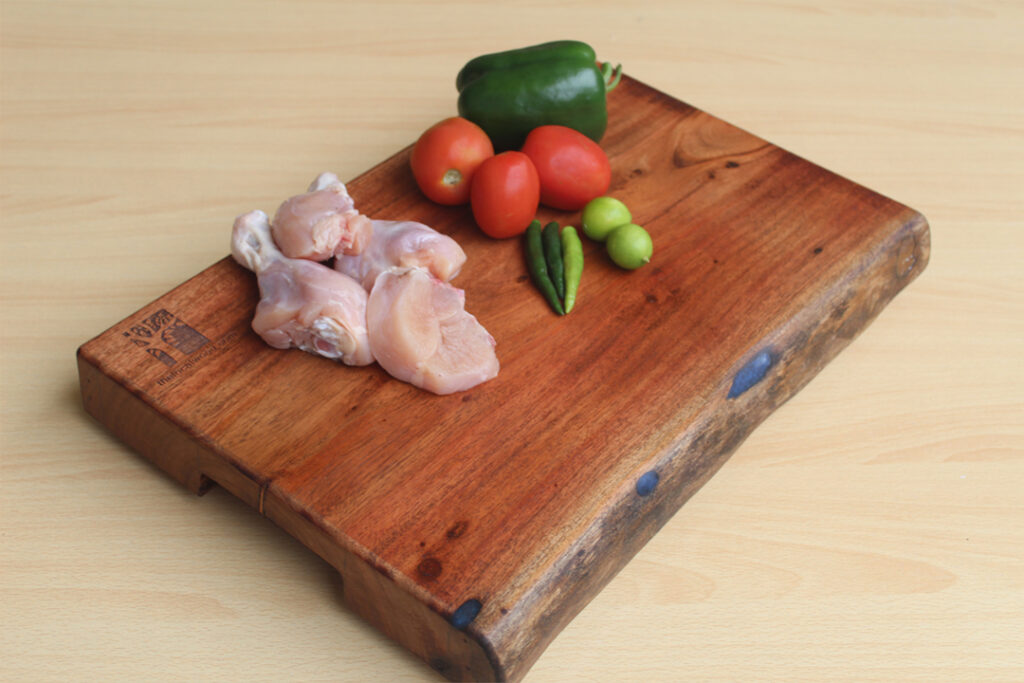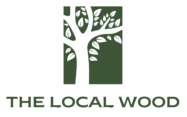
Is Acacia Wood Good for Cutting Boards?
A well-equipped kitchen is the beating heart of many homes, and the cutting board is among the unsung heroes of this culinary arena. With the rise of eco-conscious consumerism and the quest for sustainable, long-lasting kitchenware, acacia wood cutting boards have been thrust into the limelight. Home cooks, kitchen enthusiasts, and anyone who enjoys the art of cooking often ask the question, “Is acacia wood good for cutting boards?” This comprehensive guide aims to shed light on this natural choice for your kitchen and help you make an informed decision.
What is Acacia Wood?
Acacia wood is derived from several different species of trees within the Acacia genus found mainly in Africa, Australia, and the Americas. Known for its durability and stunning visual properties, acacia wood is not only a favorable choice for furniture and flooring but has also made its place in the kitchenware market.
Properties of Acacia Wood: Acacia wood is a type of hardwood that is particularly prized for its rich, chocolate-brown heartwood and golden sapwood. It is characterized by its interlocking grain pattern, giving it a distinctive look. The wood is naturally resinous, which provides it with natural protection from decay and almost unheard-of durability.
Popularity in Kitchenware: Acacia wood has seen a surge in popularity in the kitchenware market due to its appealing aesthetics and eco-friendly nature. Its utilization in cutting boards, utensils, and serving accessories suggests a trend toward more natural and durable materials in the kitchen.
Benefits of Acacia Wood Cutting Boards
Natural Antibacterial Properties
One of the most touted benefits of acacia wood is its natural antibacterial properties. Studies have shown that many types of wood, including acacia, can inhibit the growth of bacteria. This, combined with the ability of acacia to rapidly heal itself, makes it an inherently hygienic choice for food preparation.
Durability and Resistance to Warping
Acacia wood’s hardness and high density contribute to its resistance to warping and scratches, making it an ideal surface for cutting and chopping. Its resilience can ensure that your cutting board remains in prime condition for years, even with regular use.
Gentle on Knives
The softness of acacia wood, in comparison to other hardwoods, provides a supportive, cushioned surface that is gentle on knife blades. This can help maintain the sharpness of your knives for longer periods. However, it’s worth noting that no cutting board material will keep your knives sharp forever, so regular honing and maintenance are still important.
Aesthetic Appeal
The grain patterns and warm color of acacia wood add a touch of natural elegance to any kitchen. This material can transform a kitchen essential into a piece of functional art.
Considerations for Acacia Wood Cutting Boards
Maintenance and Care Tips
To keep an acacia wood cutting board in optimal condition, regular cleaning and oiling are essential. After each use, wash the board with mild soap and warm water, and promptly dry it to prevent warping. Periodically, apply food-grade mineral oil to hydrate the wood and restore its protective sheen.
Sensitivity to Moisture
As a natural material, acacia wood is sensitive to changes in moisture levels. It can expand and contract with various conditions, leading to potential warping if not properly maintained. Avoid soaking the board in water or letting it air dry, as this can contribute to these issues.
Proper Seasoning and Oiling
Seasoning your acacia wood cutting board involves treating it with oil to create a protective layer. This not only maintains the board’s appearance but also helps to maintain its natural serving and antibacterial properties.
Comparison to Other Cutting Board Materials
Pros and Cons of Different Materials
When comparing acacia wood to other materials used for cutting boards, each has its own set of advantages and drawbacks.
Bamboo
Bamboo is another popular choice for eco-friendly kitchenware. It’s highly renewable, often takes less time to mature than acacia trees, and is known for its anti-bacterial properties. However, it is softer than some woods, which might lead to more noticeable knife marks on the surface.
Plastic
Plastic cutting boards are often inexpensive and dishwasher safe, making them convenient for cleanliness and maintenance. However, they can be less durable and are prone to harboring bacteria in knife marks.
Glass
Glass cutting boards are durable and easy to clean, but they can be damaging to knife edges and are also the noisier option. They’re not the kindest to the environment and can be less forgiving to your knives.
Sustainability and Eco-Friendliness
The Sustainability Question
As the demand for eco-friendly kitchenware grows, so does the scrutiny of the materials used. Acacia wood presents a unique proposition because, while it is a high-quality, long-lasting material for cutting boards, its sustainability can be a concern.
Certification and Responsible Sourcing
To address the sustainability issue, it is important to look for acacia wood products from responsibly managed forests. Several certification systems, such as the Forest Stewardship Council (FSC) and the Programme for the Endorsement of Forest Certification (PEFC), aim to ensure that wood products come from sustainable sources, where the environmental impact is minimized and the rights of indigenous communities are respected.
Conclusion
Acacia wood cutting boards offer a blend of functionality, hygiene, and aesthetics that can enhance the kitchen experience for many. However, it’s crucial to weigh these benefits against the need for proper care and the environmental implications of the material. Eco-conscious consumers might prefer to go a step further and seek out acacia wood cutting boards that are certified by reputable organizations as being sustainably sourced.
Ultimately, the decision of whether acacia wood is the right choice for your cutting board comes down to your individual needs and values. By understanding its properties and what makes it unique among cutting board materials, you can make an informed determination best suited to your kitchen and lifestyle.
As you explore the world of acacia wood cutting boards, remember that the most important factor in the longevity of any cutting board is how well it is cared for. No matter the material, a well-maintained cutting board will serve you better and longer, which is good news for the environment and your kitchen alike.
